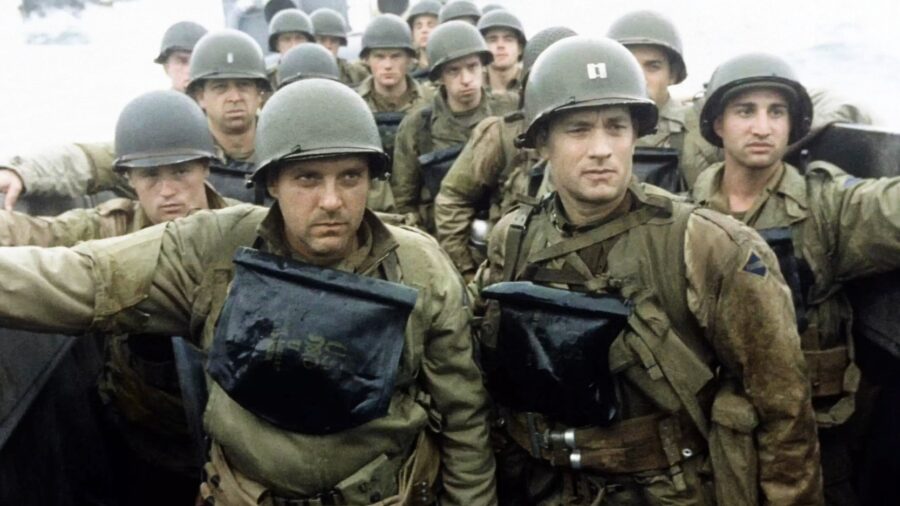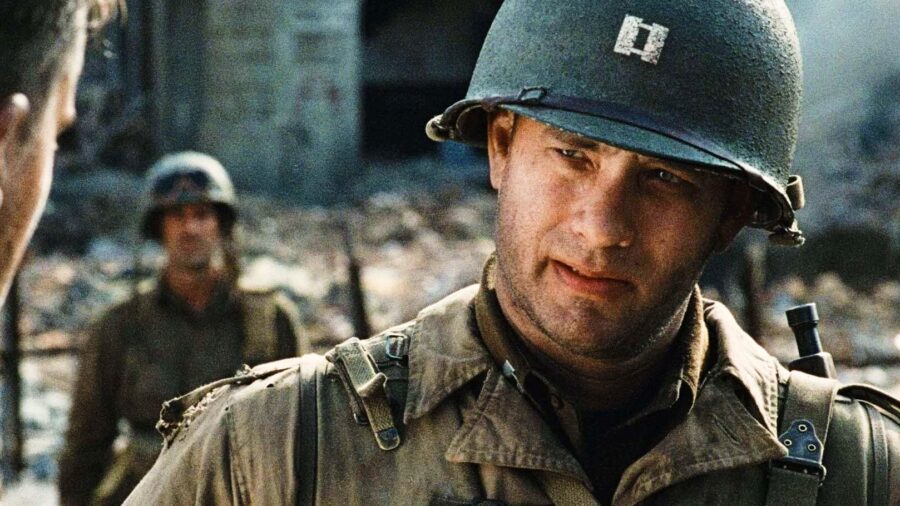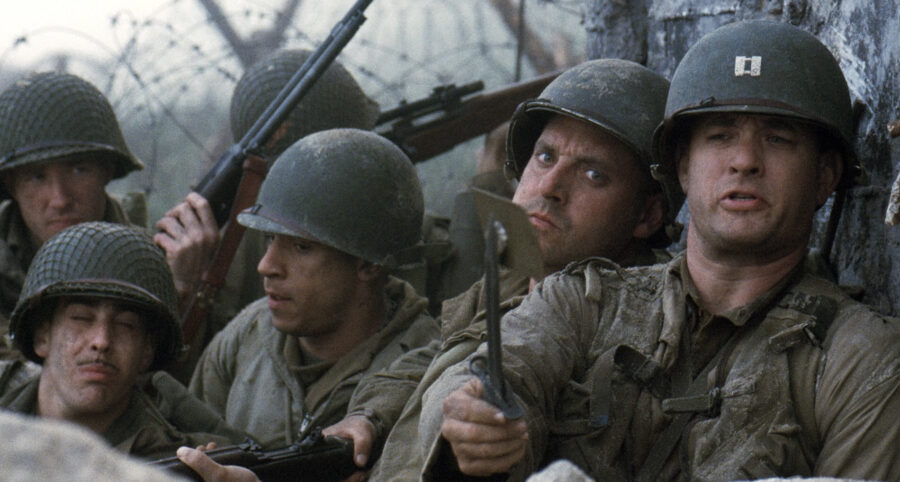The Greatest World War 2 Movie Of All Time Can Now Be Watched For Free
Saving Private Ryan is free to stream on Pluto TV.

In the vast realm of cinema, only a handful of films etch themselves into our collective consciousness, leaving an unforgettable mark on the landscape of storytelling forever. Saving Private Ryan, the 1998 World War II movie directed by the masterful Steven Spielberg and starring one of Hollywood’s greatest treasures, the iconic Tom Hanks, stands tall as one of those extraordinary creations. Now, there’s great news for those who haven’t had a chance to watch one of the best World War II movies of all time (or for those who want to revisit this classic feature), as Saving Private Ryan is currently streaming for free on Pluto TV.
Released in 1998, Saving Private Ryan is an epic war film that took audiences on an unforgettable journey through the harrowing battlefields of World War II, immersing them in the brutal realities of combat while simultaneously exploring themes of sacrifice, duty, and the unbreakable bond of brotherhood.
Set against the backdrop of war-torn France in 1944, Saving Private Ryan introduces us to a group of soldiers led by the resolute Captain John Miller, portrayed with unwavering conviction by the incomparable Tom Hanks. Their mission is to retrieve Private James Ryan, played by the talented Matt Damon, from the horrors of war after his three brothers have met their untimely demise. As the team of soldiers navigates the treacherous landscape of war, they grapple with the external battles they face and the internal moral dilemmas that arise from their quest.

Often considered not only one of the greatest war movies ever made but also one of the greatest cinematic works of any genre to have ever been produced, Saving Private Ryan is based on the writings of esteemed historian Stephen E. Ambrose and the remarkable stories of families, like the Niland brothers, who endured unspeakable loss during the war. Screenwriter Robert Rodat drew inspiration from these tales, crafting a script that captured the essence of sacrifice and valor. Paramount Pictures recognized the potency of Rodat’s work and enlisted him to finalize the script, leading to a fortuitous encounter with Spielberg and Hanks, who were drawn to the project like moths to a flame.
Driven by a relentless pursuit of authenticity, Spielberg assembled a remarkable team to bring his vision for Saving Private Ryan to life. Frank Darabont and Scott Frank, both immensely talented writers, contributed uncredited rewrites based on meticulous research and interviews with veterans. The commitment to realism extended beyond the written word, as the principal cast embarked on a grueling week-long boot camp to immerse themselves in soldiers’ physical and emotional realities.
It is largely due to this dedication to authenticity that Saving Private Ryan would become such a powerful and impactful piece of cinematic art.

From June to September 1997, the cast and crew embarked on a demanding journey to film Saving Private Ryan as they shot on location in England and Ireland. The studio allocated a budget of $65–$70 million, which was a substantial sum at the time that reflected the true ambition and scale of Spielberg’s vision.
This vision came to life in the film’s defining moment—when Saving Private Ryan opens with the Omaha Beach battle, and audiences can begin to understand what Spielberg imagined before shooting began. This intense sequence, costing a staggering $12 million for this scene alone, was filmed over four weeks and employed an astounding 1,500 extras. The result was an unparalleled visual and auditory assault on the senses, capturing war’s chaos, carnage, and unrelenting horror with staggering realism.
Saving Private Ryan emerged as a towering cinematic achievement, resonating with audiences and critics alike. Its unflinching portrayal of combat left an indelible impact, with World War II veterans lauding its accuracy and authenticity. In fact, the movie was so accurate that some veterans found it too painful to watch, as it evoked vivid and traumatic memories.
Saving Private Ryan’s commercial success mirrored its critical acclaim, amassing an impressive $481.8 million at the box office, securing its position as the second highest-grossing film of 1998 (Armageddon took home first prize as the top grossing film, bringing in a total of $553.7 million at the box office). Awards and accolades poured in, with the film receiving Golden Globe, Academy, BAFTA, and Saturn awards, among others, cementing its place in the pantheon of cinematic greats.
Yet, the legacy of Saving Private Ryan extends far beyond its commercial triumph and critical acclaim. Its impact on the filmmaking landscape is immeasurable, forever altering the way war, action, and even superhero films are crafted. Spielberg’s groundbreaking filming techniques during the battle scenes set a new standard, immersing audiences in the chaos and danger like never before. The film has become one of the most recognized influences in Hollywood, with countless directors citing it as a profound inspiration for their own work.












